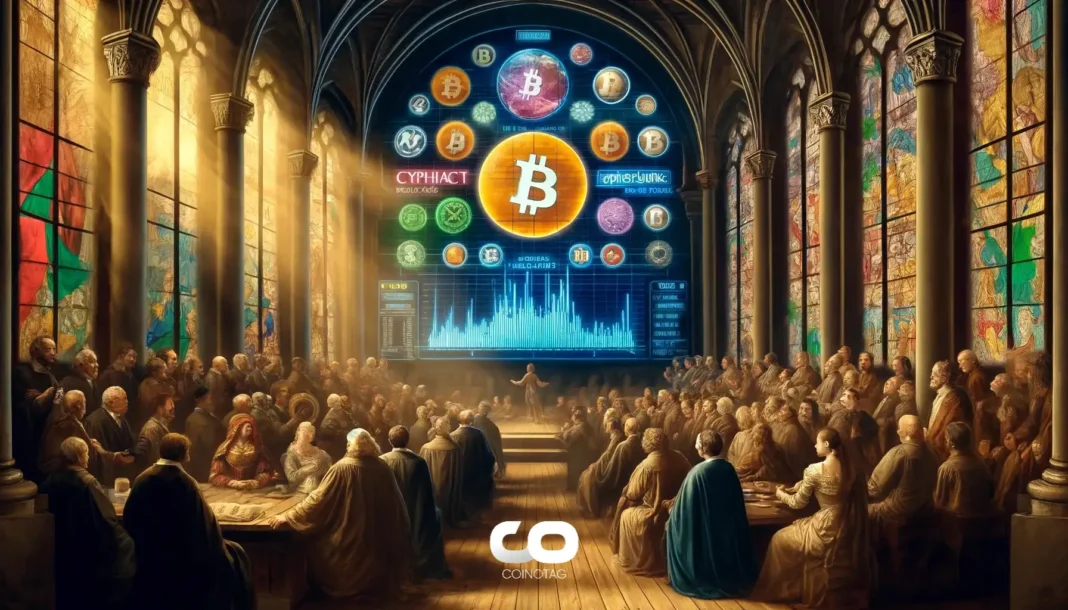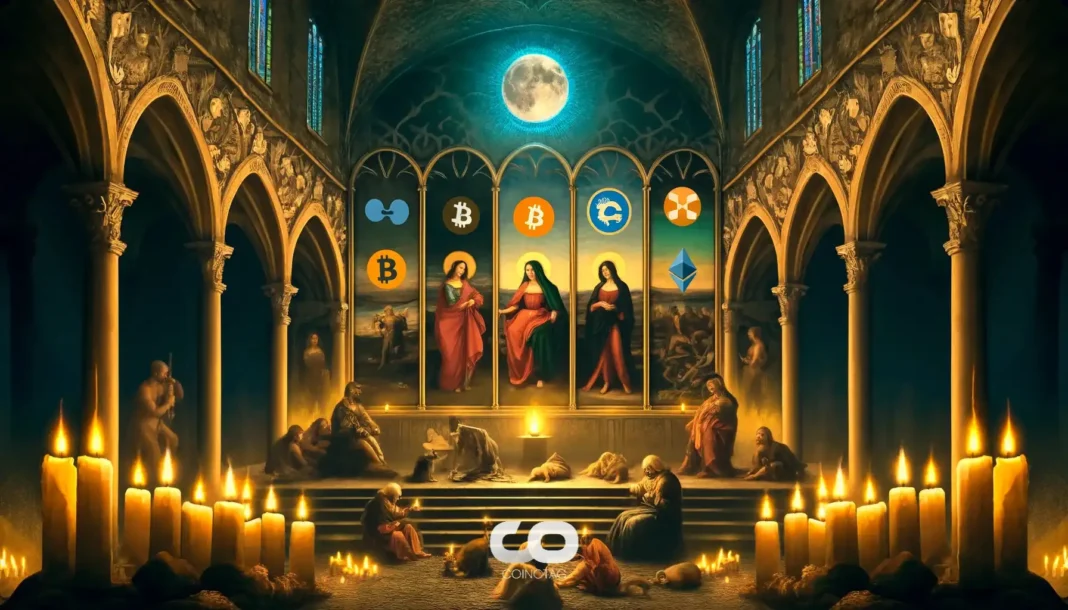-
LeverFi’s recent minting of 13.7 billion LEVER tokens just before Binance’s delisting announcement has sent shockwaves through the crypto market, severely impacting investor confidence.
-
The simultaneous token issuance and exchange delisting raise critical questions about transparency and governance within decentralized finance protocols.
-
According to COINOTAG, the lack of official communication from LeverFi’s leadership has intensified market uncertainty, contributing to a sharp decline in LEVER’s price.
LeverFi’s massive token minting ahead of Binance delisting triggers sharp LEVER price drop, shaking market confidence and spotlighting transparency issues in DeFi.
LeverFi Token Minting and Binance Delisting: A Critical Market Event
On June 30, 2025, LeverFi, previously known as RAMP DEFI, minted approximately 13.7 billion LEVER tokens, coinciding precisely with Binance’s announcement to delist the token effective July 4, 2025. This unprecedented move has raised alarms within the crypto community, as the timing suggests a potential strategic maneuver that lacks clear explanation. LeverFi’s core team, known for their focus on AI-powered decentralized applications, has yet to provide any official statement or rationale behind this substantial token issuance. The absence of transparency has fueled speculation and eroded trust among investors, highlighting the risks associated with centralized exchange dependencies in decentralized finance ecosystems.
Market Reaction and Token Distribution Dynamics
The newly minted LEVER tokens were partially transferred to the Bybit exchange shortly after issuance, aligning with the timeline of Binance’s delisting. This transfer has intensified concerns regarding market manipulation and liquidity management. Investors reacted swiftly, with LEVER’s price plummeting significantly in the days following the event. The stark silence from LeverFi’s leadership contrasts with earlier communications about staking incentives and supply increases, creating a perception of disarray. Historically, similar large-scale token minting events without adequate disclosure have led to liquidity crises and diminished user confidence, which appears to be unfolding in this case.
Financial Implications and Industry Perspectives
The financial fallout from LeverFi’s actions is evident in the sharp depreciation of LEVER’s market value. Despite the magnitude of the event, no official statements or comments have emerged from LeverFi’s team or influential crypto figures such as Arthur Hayes or Binance CEO CZ. Regulatory bodies have yet to respond publicly, leaving the situation in a state of uncertainty. The lack of engagement from key stakeholders underscores the challenges in managing decentralized projects that rely heavily on centralized exchange listings. This incident serves as a cautionary tale about the fragility of project valuations and user engagement when transparency is compromised.
Implications for Decentralized Finance Governance
The LeverFi episode underscores the critical importance of governance and communication in decentralized finance projects. The timing of the token minting, coupled with the delisting by a major exchange, highlights vulnerabilities in project-exchange relationships. For DeFi protocols, maintaining investor trust requires proactive disclosure and strategic clarity, especially during significant supply changes. This event may prompt broader discussions within the DeFi community about establishing more robust governance frameworks and contingency plans to mitigate risks associated with centralized exchange decisions.
Conclusion
LeverFi’s large-scale token minting coinciding with Binance’s delisting has precipitated a sharp decline in LEVER’s price and shaken market confidence. The absence of transparent communication from the project’s leadership has exacerbated investor concerns, emphasizing the risks inherent in centralized exchange dependencies for decentralized projects. Moving forward, this incident highlights the necessity for enhanced governance and transparency within the DeFi sector to safeguard investor interests and ensure sustainable protocol development.







